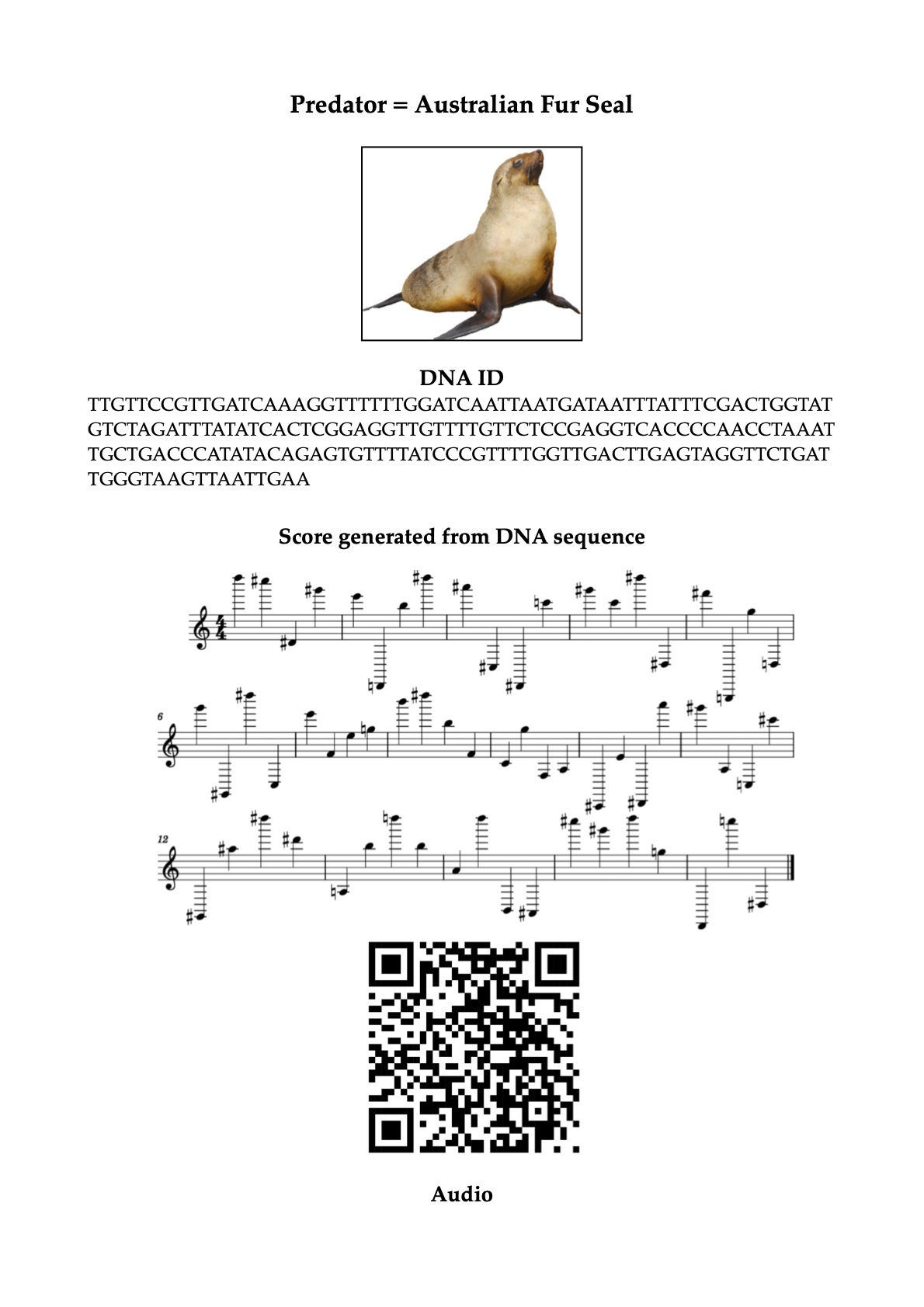The sunset calls and the dawn chorus of seabirds, and the secret language of seals, whales and dolphins are part of an immersive experience at a new exhibition at the Institute for Marine and Antarctic Studies (IMAS) in Hobart.
BioSphere | DataSphere features the work of internationally renowned sculptor and sound artist Dr Nigel Helyer, who joined the IMAS-led research team investigating the ecology of the Tasman Fracture Marine Park (TFMP).
The TFMP is a refuge for endemic, rare, threatened and endangered species including seabirds, seals and cetaceans. It is located in the shelf waters of the Commonwealth’s South-East Marine Parks Network, adjacent to the Tasmania Wilderness World Heritage Area.

The research will be the first multidisciplinary survey of the park. It will gather vital information for conservation and fisheries management, and will identify opportunities for eco-tourism.
“My passion is to make works that change the ways we understand our environment, and to transform the abstract statistical data produced by scientific research into cultural forms that show the complex patterns and structures of the natural world,” Dr Helyer said.
“To achieve that, I was in the field with the research team, collecting acoustic-ecology recordings and imagery, and interviewing the scientists. It was also a wonderful opportunity to get to know the Indigenous rangers and their local communities, to have conversations and discover mutual interests that can lead to rich creative outcomes,” he said.

IMAS marine ecologist Professor Mary-Anne Lea is a principal researcher on the TFMP project, and said Dr Helyer’s interpretation and sonification of the scientific data transforms their research into cultural outcomes that engage people’s imagination.
“Through his sonification and visualisation of natural systems, Dr Helyer creates layers of meaning for those of us working to understand more about ecosystem function and health and how important they are to resident and migratory species alike.
"And it brings the fascinating world of marine parks to life for everyone, inspiring them to love and care for our precious marine environment,” Professor Lea said.
“We’re looking forward to welcoming visitors to the exhibition – to be curious, to reflect, and to dive in and be immersed in this incredible ‘other world’ off southwestern Tasmania.”
This project was made possible through funding from the Australian Government’s Our Marine Parks Grants program
Exhibition opening hours, group bookings and more are available here.


